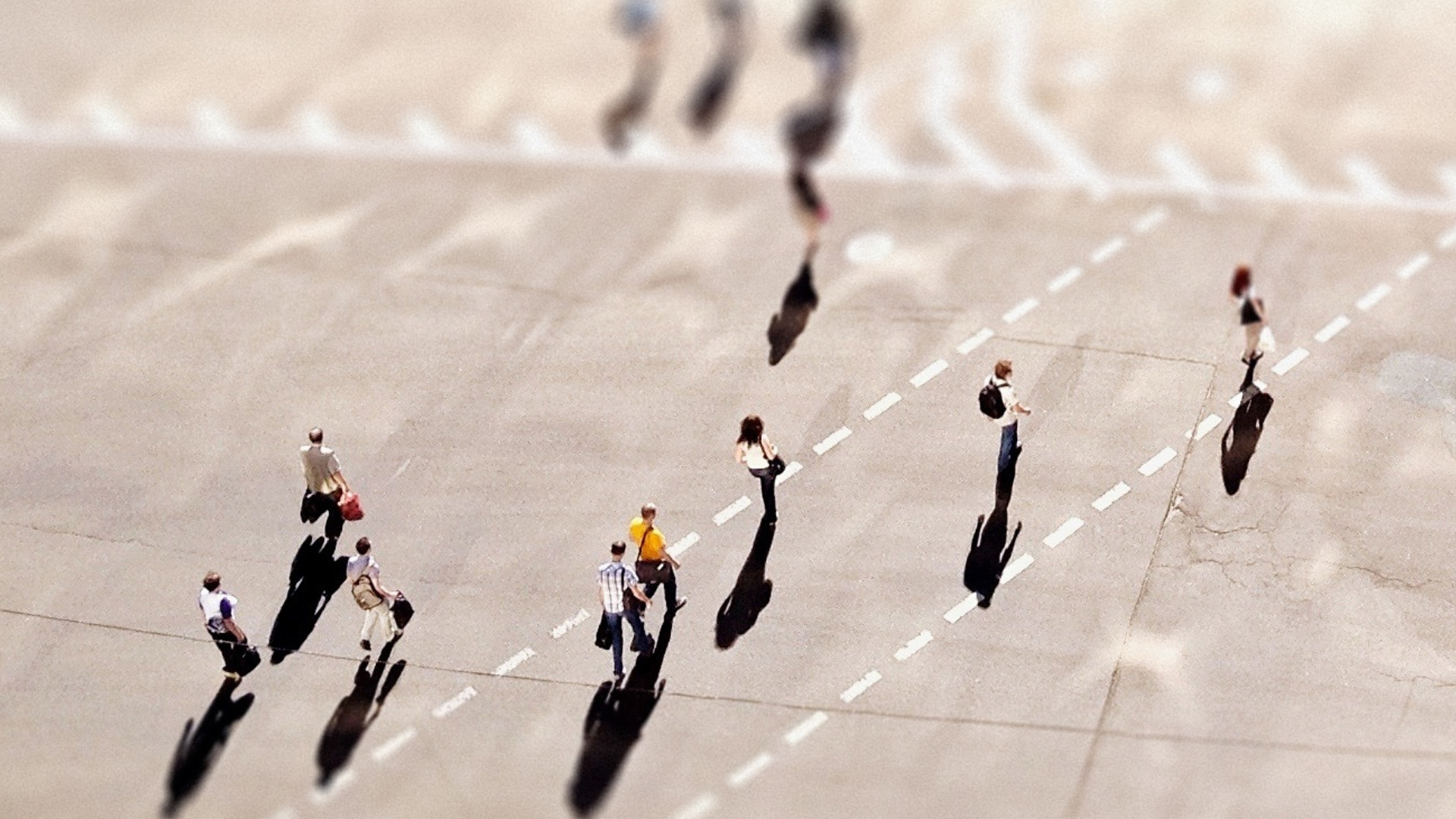

Key Takeaways
- Aquent's 2021 Talent Insights Report found that people miss being around others, collaboration with co-workers, and the buzz and energy of the office.
- Setting up localized work hubs would give people a sense of purpose and focus at work, a connection to their neighborhood and community, and a physical way to get to and from work.
- Work hubs near where people live would help cross-functional teams succeed and make it easier to unplug.
- These hubs would also promote local connectedness and healthier lifestyle choices, such as cycling or walking to work rather than commuting.
Since working 100% from home from late March 2020 I have taken more walks in my local neighborhood. I was already walking my ‘hood semi-frequently prior, thanks to young children who enjoy bike riding and playgrounds. And yet – thanks to COVID and working from home – this increase of local activity has meant I have re-connected with a neighbor I had no interactions with for over 2 years. Now we cross paths regularly and always stop for a chat. I have discovered the ‘beautiful house' where a community library box has meant my kids could swap story books even when the council library was closed.
We all know things won't ever go back to ‘how they were' from a work perspective and really we shouldn't want them to either. Because of COVID19 we have jumped into the future, condensing the next work-revolution into months instead of years.
The question many are now asking is:
What will true flexible working look like then, and, well ‘work'?
If work is no longer a place you go, but a thing you do, then by definition you can do it anywhere. So, instead of just ‘WFH' (working from home), we embrace ‘WFA' (working from anywhere).
Community-based local hubs
What if rather than sitting at our dining tables overlooking the kitchen bench where breakfast bowls of left-over Weetbix slowly harden like concrete – my current WFH reality—we could work at a local hub? This hub could give us both work-purpose and focus, plus connection to a sense of place and local community.
I see an opportunity here to take the best of WFH and add to it the best of coming into the office through the establishment of localised work hubs. Aquent's 2021 Australian Talent Insights reported the top three items people are missing about working in the office are:
- Being amongst other people
- Collaboration with co-workers
- The office buzz and energy
In the same report over 50% of participants cited an inability to unplug from work being the main challenge in their current full-time WFH arrangement. And yet, with almost 80% citing the commute as the main deterrent for not wanting to work in an office full-time, the solution is clearly not to go back to the way things were.
(A U.S. and Canada version of the report referenced above is available for download here.)
Instead a local hub would mean there is again a physical transition when going ‘to' and critically ‘leaving' work.
Talking to colleagues and friends, starting back at work in January 2021 was harder because there was no physical transitional element to it. Most of us did not commute, and did not get to go for coffee catch-ups to debrief on the gluttony of Christmas. Instead we simply went to the study (or in my case dining table) that morning and fired up the work laptop, hoping we remembered our password.
My concept is an evolution of the co-work spaces we already know to function well. However, they would not be located in inner-city hip suburbs (with matching rental price-tags), but in our suburbs. In this way the commute could even be a walk or bike ride, rather than a sweaty sardine train sandwich.
For companies the size of Telstra*, I could find co-workers from other departments at the same local hub. Work-connections are then not department or function centric, but cross-functional and almost arbitrarily defined by geography. Is this a negative? Absolutely not. We already know with Agile at scale, cross-functional teams achieve more, rapidly.
Work hubs located where we live would mean that people from level 15 might get to know people from level 10. What problems are they trying to solve? Are they similar to something my team is tackling?
Equally if I want to spend some face-to-face time with someone in my direct team, there would be nothing preventing me from heading over to ‘their' side of the city to collaborate at their hub, or indeed the occasional jaunt into the CBD. We are therefore not bedded down to any one physical location, and indeed there will be days where the kitchen table will be appealing and that is totally fine.
Local hubs will not only be used by my employer, but any companies who wish to use them. As such I would now cross paths during my work-day with others who live locally to me. Chances are, we would frequent the same shopping centres, supermarkets and cafes on a weekend.
Suddenly there is this surge of connectedness based on my physical locality.
It is as though the villages of by-gone eras are re-birthed in our sprawling mega cities.
I am bold enough to hypothesise that this would see positive impacts on happiness indexes, our mental health and our cities become more ‘liveable'.
Could my work life now serve to enrich the local relationships I already have? Imagine the neighbour I mentioned could use the same hub from time-to-time. Or women from my mother's group whom I've lost touch with. We will no longer need the likes of Facebook and Instagram to feign connectedness and relationship with people who were once part of our lives, because they will continue to be an active part of our communities.
Congestion and our environment
As a final point, what could this mean for congestion and our environment? One of the few positives to have come out of COVID has been the stillness of our streets, the lack of exhaust pollution, and quieting of our skies. If the majority of the time I am either WFH or going to my local hub, then I am either not commuting, perhaps walking or cycling, or at worst driving a very short distance. Traffic will no longer go in one monotonous direction jamming our CBDs, but a criss-cross of short and fast routes connecting us organically like a beautiful spider's web.
I am excited about the work-revolution we are living through, but I also don't want to be an idle bystander. How might we seize and leverage this opportunity to affect positive societal change? How do we respect the differing needs of individuals without leaving anyone behind? How do I get a sense of the ‘who' I am working for when my connection is to a small subset of people via video conferencing and the delivery of a laptop via courier? How do we foster a sense of culture and belonging entirely remotely? As a people leader I want to be very consciously critical during these times, yet positively optimistic as well.
With all this in mind, maybe you can ask yourself: Do you know your neighbours? Maybe just one of them? How could you connect with them in our new post-COVID world? Is your lifestyle healthier as we come from working from home to working from anywhere?
I would love to hear your personal reflections and observations, and if any of the above has sparked your enthusiasm or criticism.
The views in this article are my own and not those of Telstra
This article was originally posted on our Aquent Australia blog.
Related

Great brand collaborations are the best to strengthen identity.
Design & Experience, Insights & Trends, Marketing & Creative, Beauty and Fashion

Consumer demand and policy are driving EV market growth.
Development & Technology, Insights & Trends, Automotive

Are you missing opportunities to improve health screenings?
Design & Experience, Marketing & Creative, Health